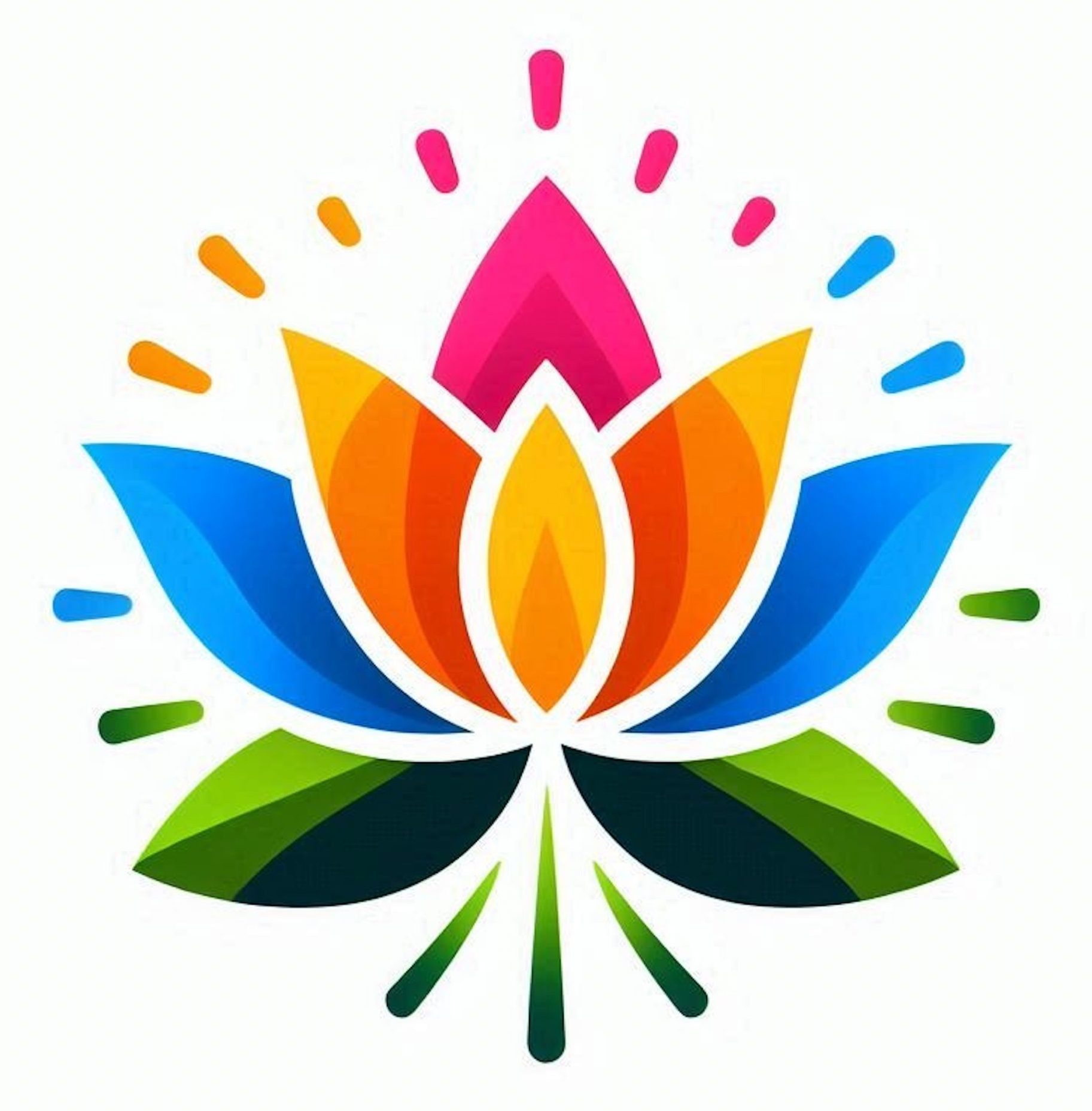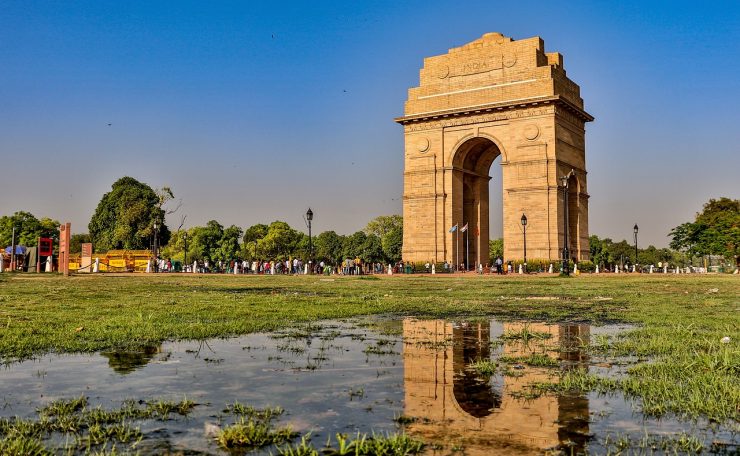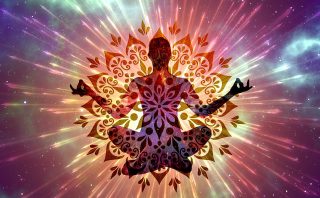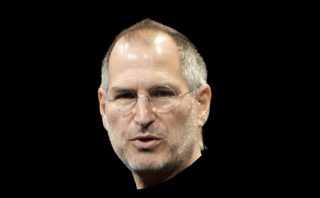As India completes 78 years of independence, I reflect on the leadership we had—and the kind we need again.
I. Introduction
As India stands at the threshold of its 78th year of independence, I find myself reflecting not only on the milestones we have achieved but also on the kind of leadership that has shaped—and continues to shape—our journey as a nation. Our freedom struggle was marked by towering personalities who were not just skilled politicians, but also visionary statesmen. Their legacy gave India a firm democratic foundation, rooted in values of service, sacrifice, and nation-first thinking.
But as the years have rolled on, I can’t help but ask: Where has the statesman gone?
Have we, in our pursuit of electoral victories and political dominance, sidelined the qualities that once defined true leadership?
That’s the question I wish to explore. Lets begin by examining the difference between a politician and a statesman—two terms often used interchangeably but representing profoundly different ideas. Then I will revisit the lives of Indian leaders who embodied both political skill and statesmanlike vision. And finally, I take a hard look at our current political climate to understand what has changed—and what that change might mean for India’s future.
II. Politician vs. Statesman – What’s the Difference?
While both politicians and statesmen operate within the same arena of public life, I see their motivations, methods, and measures of success as vastly different. A politician is primarily concerned with power—how to gain it, hold it, and expand it. Success is often measured in votes won, seats secured, and popularity maintained. Political instincts are essential, but they are frequently focused on the short term—on winning the next election or defeating the next rival.
A statesman, on the other hand, plays the long game. I believe a statesman is a leader who rises above narrow self-interest and party lines to act in the long-term interest of the nation. Statesmen may also be politicians, but they are guided by principles more than polls, by conscience more than convenience. They are not merely reacting to the present—they are shaping the future.
As the American senator James Freeman Clarke once put it, “A politician thinks of the next election. A statesman, of the next generation.” That quote stays with me. A statesman’s role is not to fan division but to build consensus, not to exploit fear but to inspire hope. They often pay a political price for their integrity—but history remembers them with reverence.
India’s early post-independence decades were blessed with such leaders—men and women who balanced the art of politics with the higher calling of statesmanship.
III. India’s Statesmen – The Golden Era of Leadership
The decades following independence were among the most challenging in our history. We were partitioned, impoverished, and divided by language, caste, and region. Yet, during those fragile years, I believe we were fortunate to be led by individuals who, while deeply political, rose to meet the moment with a rare sense of vision, integrity, and responsibility.
Jawaharlal Nehru, our first Prime Minister, was undoubtedly a politician—elected repeatedly, adept in the Congress party’s internal dynamics, and strategic in his leadership. But to me, he was also a statesman. He laid the foundation for a secular, democratic republic. He invested in institutions, believed in reasoned debate, and envisioned a modern India rising through science, education, and unity. His policy of non-alignment was a bold attempt to preserve sovereignty in a bipolar world.
Sardar Vallabhbhai Patel, the Iron Man of India, was a master strategist who understood the power structures of princely India. Yet, he subordinated his personal ambitions for the unity of the nation. His decisive action in integrating more than 500 princely states—without large-scale bloodshed—was an act of political brilliance, driven by a statesman’s sense of urgency and national interest.
Lal Bahadur Shastri, modest and deeply ethical, led India during a turbulent time. His leadership during the 1965 war with Pakistan, and his call of “Jai Jawan, Jai Kisan,” reflected a rare ability to connect the soldier and the farmer—the defenders and the feeders of India. His integrity and humility set a high moral standard that I rarely see in politics today.
Even Indira Gandhi, especially in the early years of her leadership, demonstrated the decisiveness of a statesman. Her nationalization of banks and the Green Revolution reflected bold, transformative thinking. However, her later years also serve as a cautionary tale of how even a statesman can falter—how the line between strong leadership and authoritarianism can blur.
Atal Bihari Vajpayee, to me, stands as one of the most widely respected leaders across party lines. A poet and parliamentarian, he combined ideological conviction with an inclusive, democratic spirit. His handling of the Pokhran nuclear tests, his efforts at Indo-Pak peace, and his belief in consensus-building made him one of the last leaders I would call both a politician and a statesman.
These leaders were not perfect. They made compromises, faced opposition, and were criticized in their time. But what set them apart was their ability to think beyond party loyalty and personal gain—to put the nation above all.
IV. The Shift – Rise of the Politician, Decline of the Statesman
Over time, I have watched a slow but unmistakable shift in our political landscape. The age of institution-builders gave way to the age of vote-bank strategists. Leaders who once spoke of sacrifice, service, and long-term national goals began to be replaced by those skilled in managing optics, commanding loyalty, and crafting election-winning narratives.
This transition, I believe, stems from many factors. The rise of identity politics—based on caste, religion, region, and language—made it easier to mobilize votes but harder to unify the nation. The explosion of media, followed by the advent of social media, shortened political attention spans. In this 24×7 news cycle, long-term policymaking gets drowned out by the need to trend, to be seen, to respond. The camera has, in many ways, replaced the conscience.
Parliamentary debate has eroded. Internal democracy within parties has declined. The personalisation of power has accelerated. Political careers today are often built on charisma, aggression, and polarisation—traits that may win elections but rarely build nations.
It’s not that capable leaders don’t exist. But the system, as I see it, increasingly rewards the politician and sidelines the statesman. Integrity is praised in public speeches but punished in internal politics. Long-term policies are drafted, but they’re often abandoned for short-term populism. Public service is being redefined—not as sacrifice, but as a career ladder.
India hasn’t lost its potential for great leadership. But somewhere along the way, I fear that the statesman has become an endangered species in the very democracy that once nurtured them.
V. Today’s Leadership – What Has Changed?
Today, leadership feels more concentrated, more image-driven, and more polarising than ever before. I observe that perception often outweighs performance, and controlling the narrative is sometimes more important than delivering results.
Modern politicians are communication experts. They use technology, social media, and mass rallies with surgical precision. They build brands around themselves through visual symbolism, slogans, and repetition. There is undeniable skill in all this—but I ask myself, is this charisma a substitute for statesmanship?
I’ve noticed a shift from building institutions to building personal empires, from national vision to electoral calculus. Economic reforms, environmental issues, and democratic deepening often take a back seat to populist policies and media spectacles.
Another key change is how dissent is treated. Earlier statesmen were often willing to engage critics and build consensus. Today, our discourse is increasingly combative. The space for nuance is shrinking. Loyalty is prized over merit. Dialogue has turned into monologue.
That’s not to say today’s leaders lack ambition or intent. Many have delivered on infrastructure, digital access, and welfare. But the true test of statesmanship, to me, lies in carrying the nation together, upholding democratic values when it’s inconvenient, and safeguarding institutions even when they don’t serve personal or party interests.
India stands at a crossroads. We have youthful energy, economic momentum, and global relevance. But the kind of leadership we choose in the years ahead will determine whether we remain a noisy democracy or become a visionary republic. What I find missing today is not intelligence, capability, or popularity—but restraint, humility, and a sense of history.
The politician thrives in the present. The statesman shapes the future. And I believe India still deserves the latter.
VI. Conclusion – Can the Statesman Return?
The story of our democracy is still being written. Despite all the shifts and shortcomings I see in our current political culture, I believe the longing for principled, visionary leadership hasn’t faded. We still remember those who put the nation above themselves, who spoke less and did more, who acted not out of ambition, but out of duty.
So, can the statesman return?
I believe the answer lies not just in our leaders, but in us—the citizens. For statesmen to rise again, we must reward integrity over spectacle, character over charisma. Political parties must rediscover the value of debate and ideological depth. The media must resist amplifying only the loudest voices. Institutions must stay strong—even under pressure.
Statesmanship may be in retreat, but it is not extinct. It lies dormant, waiting for a moment of reckoning—or perhaps for a new generation that values service over self-interest. The statesman is not a relic of the past. It is a possibility for our future.
And so, 78 years after independence, I ask again: Where has the statesman gone?
Maybe the more important question is: What will it take to bring them back?






